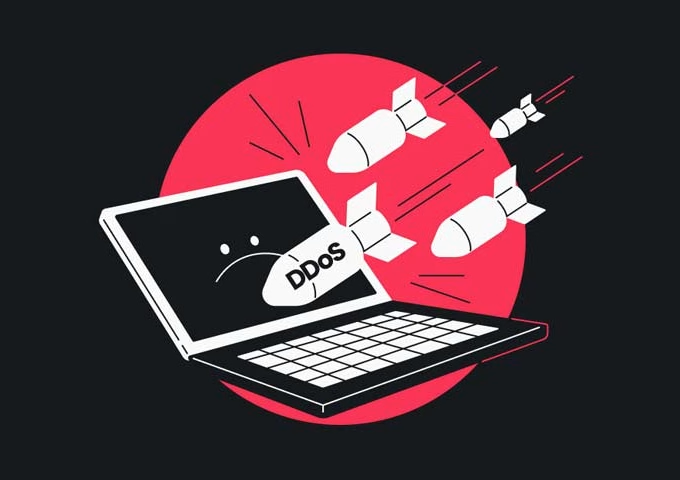Data is the oil that drives the wheels of multiple businesses across industries globally. Thus, leveraging the power of data has become intrinsic to making informed decisions and gaining a competitive edge in the saturated market. Consequently, data management, data exploitation, and data utilization have become standard terms, along with “Business Intelligence” (BI) and “Business Analytics” (BA).
While both these fields seem and sound similar, these two concepts are distinct in their goals, processes, and applications. We’ll examine the key distinctions between business intelligence and business analytics in this article, highlighting how each plays a specific role in assisting businesses to thrive in the digital era. We’ll also review how you may start taking a free business analytics course to increase your knowledge in this crucial area.
Business Intelligence (BI): The foundation of data-driven decision-making
The technique of gathering, processing, and analyzing historical data to produce insights and support daily business operations is known as business intelligence. It provides a thorough overview of an organization’s performance, which is the basis for making well-informed decisions.
Here are some key features of BI:
1. Interpret historical data
BI primarily deals with historical data, helping organizations understand what has happened in the past. This can include information on sales, revenue, customer demographics, and more.
2. Descriptive analytics
BI uses descriptive analytics to summarize and present data. It uses charts, reports, dashboards, and scorecards to communicate insights.
3. Structured data
BI works with structured data organized in a predetermined format. Structured data makes it easier to create standardized reports.
4. Data visualization
In BI, data visualization is crucial. Data is presented in more intelligible and accessible ways using visual representations like pie charts, line graphs, and bar charts.
5. Real-time reporting
The emphasis is more on periodic or scheduled reporting, such as monthly or quarterly reports, even if some BI technologies give near real-time reporting.
Business Analytics (BA): predicting the future for strategic insights
Business Analytics use current data to predict future trends and events. It goes beyond historical analysis and uses forecasting and modeling strategies to help businesses make
strategic decisions.
Here are some key characteristics of BA:
1. Predictive analytics
BA leverages predictive analytics to anticipate future outcomes based on historical data. This enables organizations to prepare for potential challenges and opportunities.
2. Advanced Data Analysis
BA often involves more advanced data analysis techniques, such as statistical modeling, machine learning, and data mining. These methods help uncover hidden patterns and correlations.
3. Use unstructured and semi-structured data
Business Analytics helps organizations to analyze a wider variety of data types, including unstructured and semi-structured data, enabling them to tap into a broader spectrum of information sources.
4. Data discovery
BA promotes data discovery and exploration. It encourages users to ask open-ended questions and discover insights that might not be evident through structured reporting alone.
5. Real-time and recent insights
BA aims to provide real-time or near real-time insights, which can be crucial for making agile business decisions in today’s fast-paced environment.
Choosing the right approach for your business
Selecting between Business Intelligence and Business Analytics depends on the specific needs and goals of the organization.
Here are a couple of tips that will help you make the right choice:
1. Nature of business
BI can be a good choice if your business primarily relies on historical data for monitoring and reporting. For instance, retail businesses often use BI for inventory management and sales reporting.
2. Strategic decision-making
If your organization needs to make strategic decisions based on future trends and market predictions, BA is the way to go. This is especially relevant for industries like finance, where risk assessment is critical.
3. Data types
Consider the types of data your business deals with. If you’re handling a mix of structured and unstructured data or need to work with real-time information, BA is more appropriate.
4. User skill level
BI tools are often more user-friendly, making them accessible to a broader audience. BA tools may require a higher level of technical expertise.
5. Resource allocation
Assess your organization’s budget and resources. BA tools and expertise can be more costly to implement, so ensure you have the necessary resources available.
Empowering yourself with a free Business Analytics course
There is good news if you want to improve your business analytics skills. A free business analytics course is a great way to get started with your educational journey. These courses are offered online and offer a great chance to learn about BA and obtain real-world experience. By taking a free business analytics course, you’ll equip yourself with the skills and knowledge necessary to leverage data effectively and contribute to data-driven decision-making within your organization.
To get you started, follow these steps:
1. Search online
Use a search engine to find free business analytics courses. Look for reputable platforms like Coursera, edX, or Khan Academy, which offer a wide range of courses.
2. Select the right course
Read course descriptions, reviews, and syllabi to determine which course aligns with your goals and prior knowledge.
3. Enroll
Enroll in your chosen course. Most free courses provide video lectures, assignments, and quizzes to help you grasp the concepts effectively.
4. Learn at your own pace
One of the benefits of online courses is the flexibility to learn at your own pace. Take advantage of this and allocate time each week to study and practice.
5. Apply your knowledge in practical projects
The key to mastering Business Analytics is practical application. Use your newfound knowledge to analyze data in your own business or personal projects.
To summarize, in the world of data-driven decision-making, business intelligence and business analytics play distinct but complementary roles. While BA concentrates on forecasting the future to aid in making strategic decisions, BI is all about comprehending what has already occurred and assisting day-to-day operations. The decision between the two is based on the unique requirements and objectives of your company.
A course might be your first step toward understanding this crucial topic if you’re ready to delve into the realm of business analytics, even better if it is free. So go ahead and arm yourself with the information and know-how necessary to succeed in the data-driven business environment.











